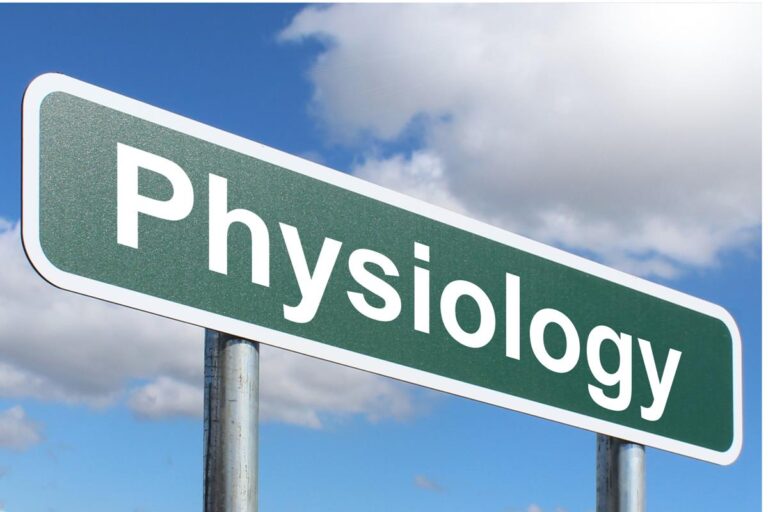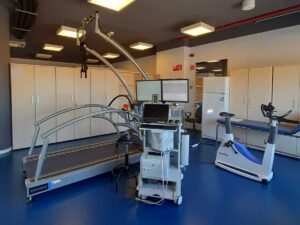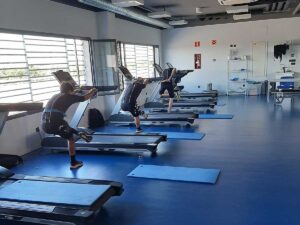Introduction
NMES definition
Electrostimulation involves the application of a series of intermittent stimuli to skeletal muscles with the main objective of triggering visible muscle contractions due to the activation of intramuscular nerve branches.
Electrostimulation is used as a valid tool for the evaluation of the neuromuscular function of healthy people and damaged muscles in both fresh and deteriorated conditions. In this way it is possible to evaluate the contractile function of the muscle.
Depending on the state of the muscle being stimulated, NMES can be used for the preservation of muscle mass and muscle functionality during prolonged periods of disuse or immobilization.
Therefore, NMES (re) training programs have been implemented in the following fields:
Cardiovascular medicine:
- Orthopedic Medicine
- Neurological medicine
- General medicine.
- Geriatric Medicine
- Space Medicine (Astronauts).
- Sports medicine.
NMES interests
Muscle activation with NMES is quite different from physiological. With NMES it is possible to activate fast and also slow motor units, even at relatively low levels of evoked force. This unique feature has important implications for the use of NMES in the field of rehabilitation and sports training, for example, for patients presenting with rapid muscle fiber atrophy or for athletes who require high levels of muscle strength and power.
Given the above, the use of NMES allows the preservation and recovery of muscle mass and functionality in patients, and also improves muscle strength in healthy subjects.
Objectives of the review
The main objective of this review is to discuss some physiological and methodological data based on scientific evidence to achieve optimal use of NMES in healthy and impaired skeletal muscles.
Physiological considerations in the use of NMES
This section focused on two aspects of NMES physiology:
- Differences in the recruitment of motor units with NMES and voluntary contraction.
- The involvement of the nervous system during the use of NMES.
Recruitment of motor units
| Types of contractions | voluntary contraction | NEMS contraction |
| Temporary | asynchronous | synchronic |
| Space | dispersed, almost complete. | Superficial (near the electrodes), largely incomplete. |
| Order | Selective (slow or fast fibers). | Not selective (slow or fast fibers). |
| Consequences | Partial fatigue | Extremely tiring |
Nervous system involvement during NMES.
The application of NMES in the peripheral nervous system could evoke a generalized activity within the central nervous system capable of producing certain neuronal adjustments and adaptations.
Methodological considerations for the use of NMES.

Taking into account the graph above, as a practical recommendation, the level of force evoked by NMES is not necessary to be measured during each training session, due to the linear relationship between the intensity of the current and the force during the use of NMES.
Concluding remarks
To obtain a maximum spatial recruitment of motor units during the session, a progression must be made in increasing the intensity of the current, in the displacement of the active electrodes and alteration in muscle length.
Bilbliography:
- Nicola A. Maffiuletti (2010) Physiological and methodological considerations for the use of neuromuscular electrical stimulation. Eur J Appl Physiol 110:223–234







